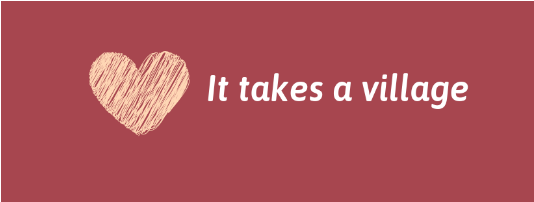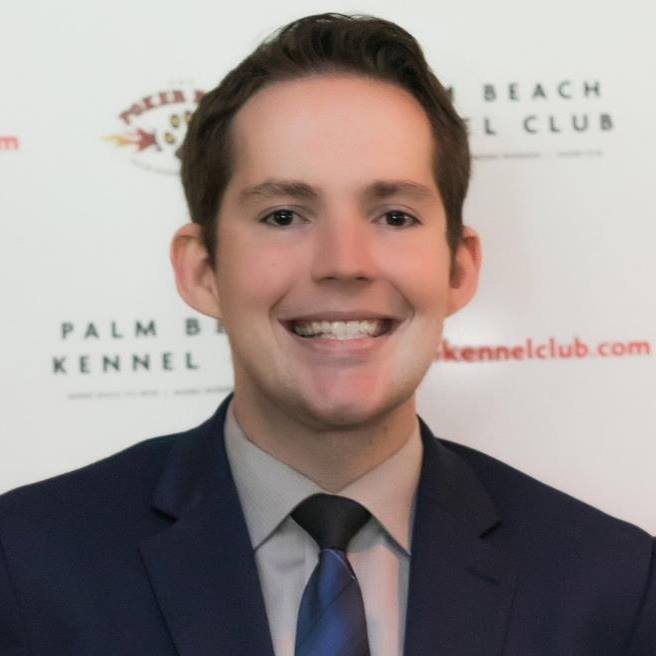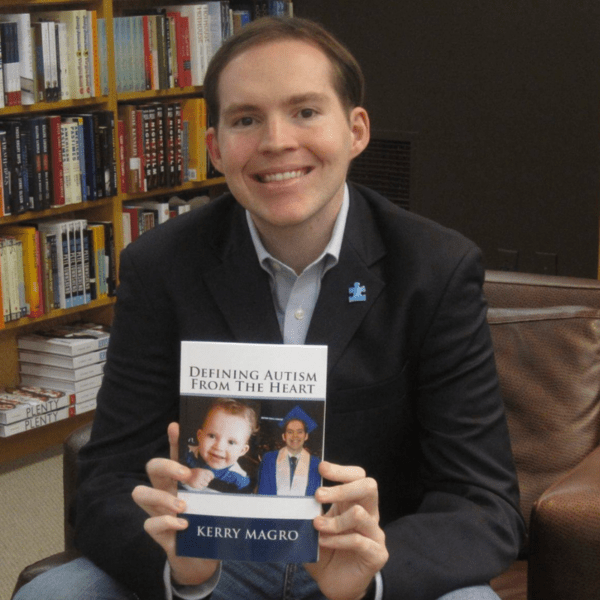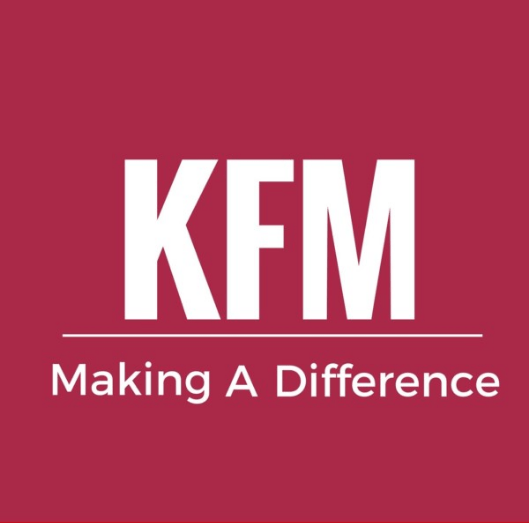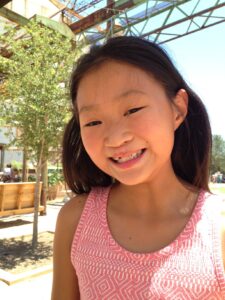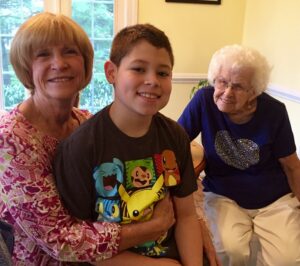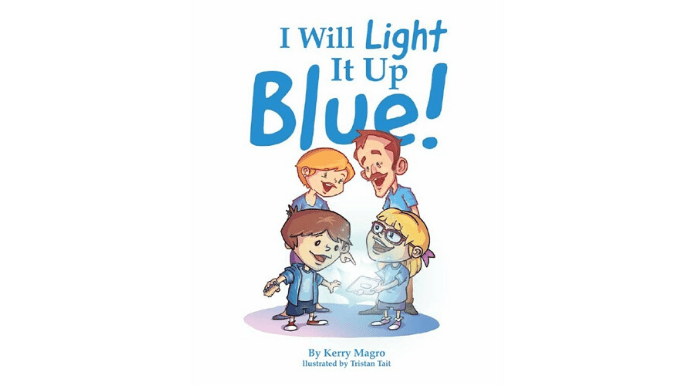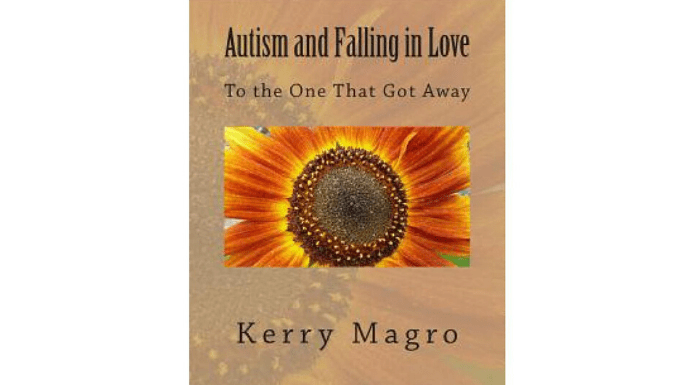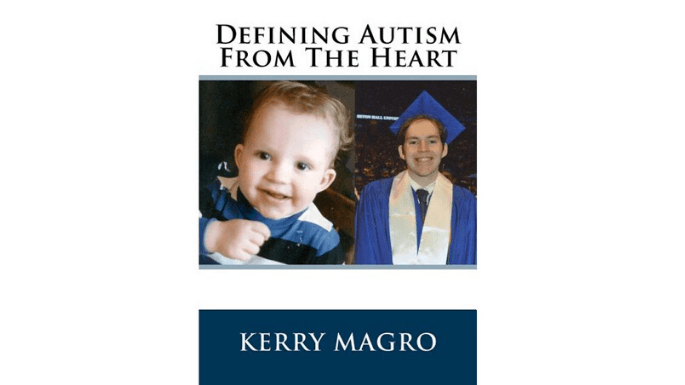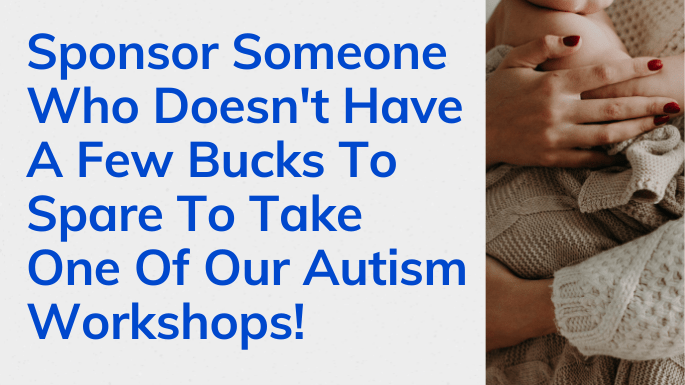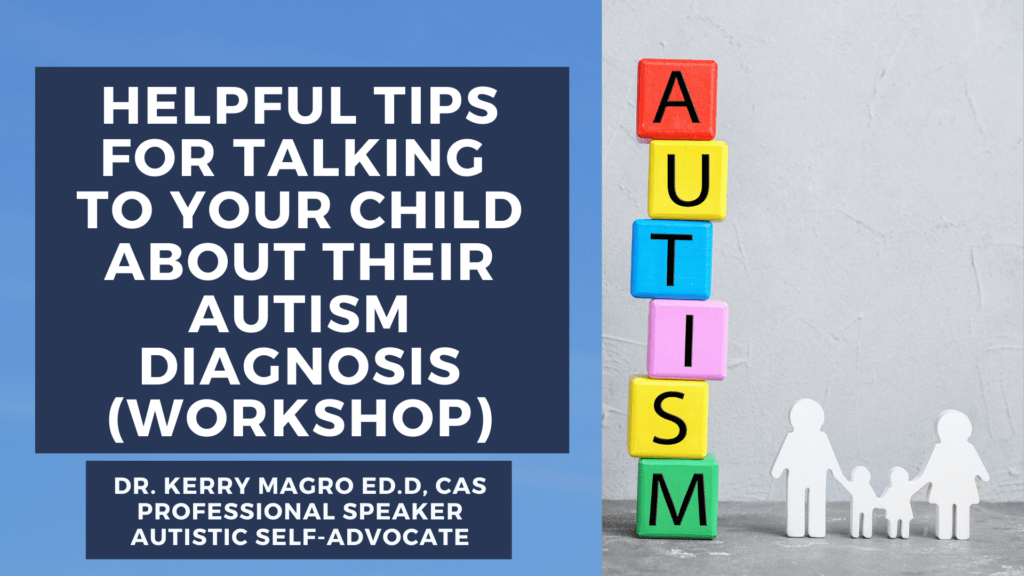This guest post is by Sarah Birdsong, a woman on the autism spectrum who has been accepted and will be attending New College of Florida. Sarah is applying for the Spring 2019 Making a Difference Autism Scholarship via the nonprofit KFM Making a Difference. You can read more about the organization and how to apply for our scholarship here. You can help our scholarship program continue to help these students by making a donation to our scholarship fund here (the majority of our scholarship program is ran through donors from our community such as yourself so no matter if you could donate anything, whether it be $5 anywhere up to $5,000 it would be making a difference!).
A California Condor takes flight over the Grand Canyon, expanding her wings to their full 10-foot span. A breathtaking site, and one that might never have been witnessed in 2018. The California Condor almost became extinct in the twentieth century, due in no small part to a general misunderstanding of its behavior and intent. I can relate! Until recent decades, public school students with disabilities were often excluded from higher education opportunities due to a limited societal understanding of some characteristics that are often associated with various differently-abled young people. In my case, there have been times when some personality traits related to my Attention Deficit Disorder and Aspergers have resulted in peers and even adults underestimating my potential .
What does the near-extinction of the California Condor have to do with teens with ASD or ADHD? One would be surprised at the parallels. But like the Condor, with a little bit of guidance and assistance, I’m fully prepared to soar.
California Condors thrived across North America in the days of the settlers. In the twentieth century, they flourished in California and Arizona. However, among other perils, cattle farmers began to routinely kill these majestic birds, due to a misinterpretation of their feeding habits as predatory behavior. Farmers observed condors feeding on the carcasses of recently deceased cattle and assumed that these fowls had killed the cattle for food. It was not a completely irrational assumption.
After all, they witnessed the condors feasting on the dead cattle with their own eyes numerous times. While these killings were not the only factor in the near demise of the California Condor, it was a significant factor in the limitations to this species’ survival. Had the cattle farmers been able to put aside their preconceived notions about these birds (possibly influenced by their predatory appearance), they may have taken a step back and looked at the situation with objectivity.
Had they done so, not only would they have realized these birds had not harmed their cattle, they might have come to appreciate how their scavenger behavior may have helped eliminate the carcasses, potentially stemming the spread of disease.
It’s not that difficult to misinterpret behavior in animals or humans when one is quick to jump to conclusions. Like many people on the spectrum, I can be something of an introvert when I am just getting to know people, as I search for common ground (which I more often than not find, given the opportunity). While I do have social anxiety (not at all uncommon with many of us that are on the spectrum), with some minor supports and a little time, I am able to navigate just about any social landscape. And with no help at all, I’ve developed meaningful friendships with a small group of same-age neurotypical friends along the way, most of whom have been an important part of my life for years.
I was officially diagnosed as a person with ADHD (inattentive type) and Autistic Spectrum Disorder (in my case, what would have previously been called mild Aspergers) when I was twelve years old. When my mother and I sat down to discuss it, she asked me what I thought about these diagnoses that were a part of who I am. I answered, “I think that’s great!” I must say that she was a little surprised and said, “While I agree, I’m curious. Why is it that you see this as being great?” I quickly replied that, “If everyone in the world was exactly the same, the world would be a boring place. I get to be part of what makes the world interesting.” Six years later, I can truly attest that I was spot on.
How did the condor, flirting with absolute extinction when it’s population dwindled to a mere 22 surviving birds, proliferate? With a little help from the very species that brought them to the brink of extinction: Humans who cared enough to give them a little help. In 1987 the last condor was captured and all were in captivity under the California Condor Recovery Plan. While in captivity, the condors were trained to avoid power lines and other deadly barriers when in flight. Several natural habitats were carefully considered before the Grand Canyon was chosen for their reintroduction into the wild. Today, those 22 Condors have become over 300 and these grand creatures have become the pride of the national park.
Differently-abled teens can also get by with a little help from their friends. Educators who truly believe that every student is meant to flourish, can and do help tremendously, every day. I have been blessed with school staff who chose not to lower the bar, to think that just getting by was enough. I’ve learned to identify organizational strategies that work for me. I‘ve peer-mentored other students on the spectrum, helping them realize that having a slightly different take on things can be a blessing, not a curse. My keen attention to detail has helped me make connections across lessons and curricular areas.
These teachers helped me harness and mold my strengths and, as a result, I am an asset, rather than the kid who needed an extra push.
Yes, it is very easy to place limits on those that are a little different, even with the best of intentions; whether it’s extinguishing one species to save another, or keeping a teen with “disabilities” on the easier path.
Yet, without all of the species on earth, without students with a variety of learning styles in our institutions of higher learning, the world would indeed be a boring place. It is far better to let scavengers take flight in the skies and differently abled scholars grace the halls of our universities. Like the condor bringing majestic beauty to the canyons over which they soar, I too am ready to glide into my secondary school years, bringing my unique gifts to campus.

Follow Kerry’s journey on Facebook, his Facebook Fan Page, & Instagram!
Kerry Magro, a professional speaker and best-selling author who is also on the autism spectrum started the nonprofit KFM Making a Difference in 2011 to help students with autism receive scholarship aid to pursue a post-secondary education. Help us continue to help students with autism go to college by making a tax-deductible donation to our nonprofit here.
Also, consider having Kerry, one of the only professionally accredited speakers on the spectrum in the country, speak at your next event by sending him an inquiry here. If you have a referral for someone who many want him to speak please reach out as well! Kerry speaks with schools, businesses, government agencies, colleges, nonprofit organizations, parent groups and other special events on topics ranging from employment, how to succeed in college with a learning disability, internal communication, living with autism, bullying prevention, social media best practices, innovation, presentation best practices and much more!
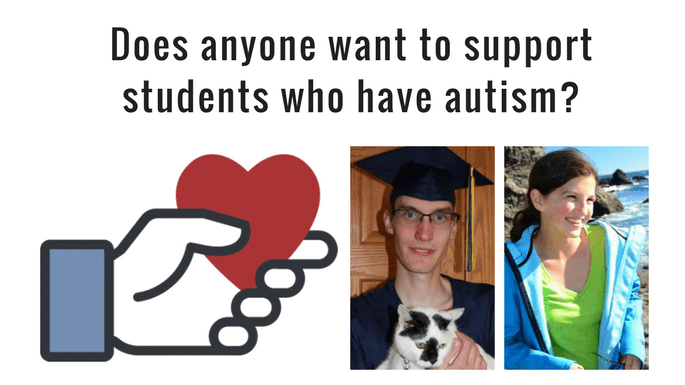
We’d also appreciate if you could take a minute to create a Facebook Fundraiser to support our nonprofit’s scholarship fund! You can learn more about how you can do just that here.


